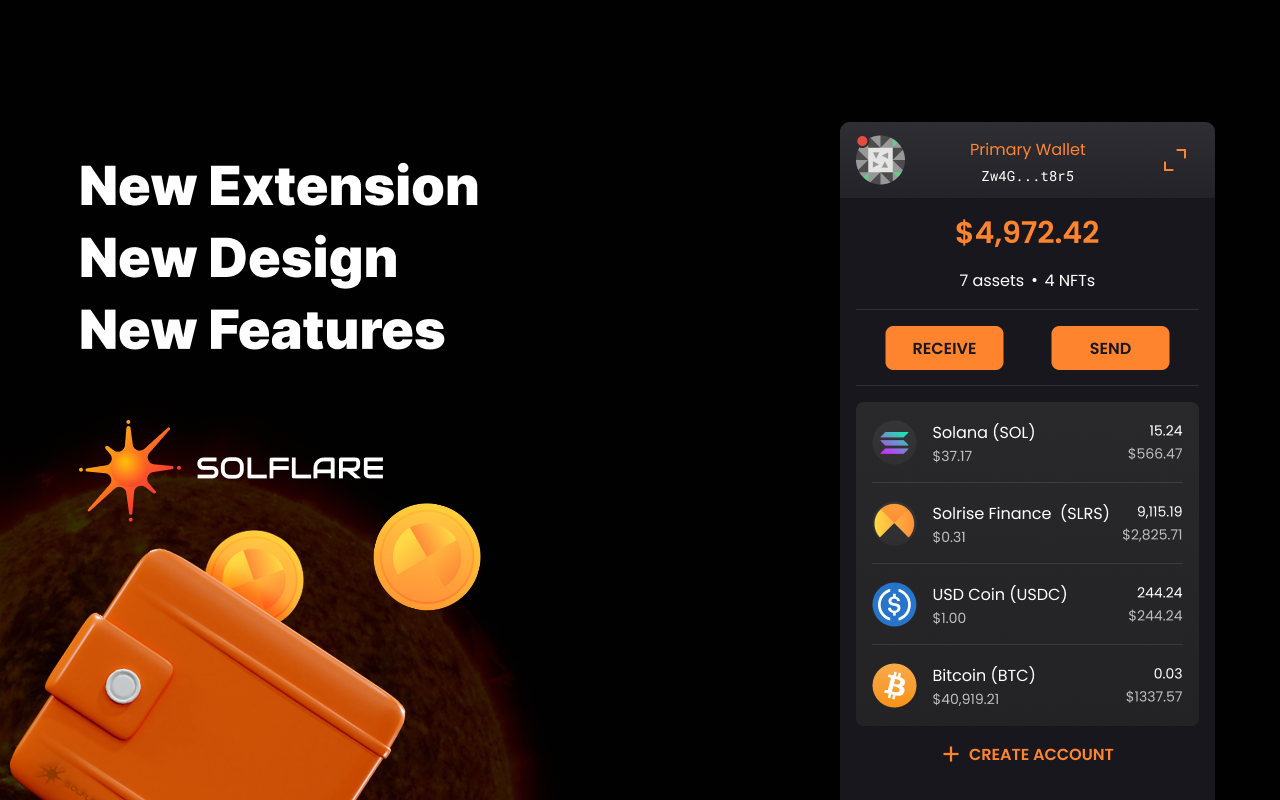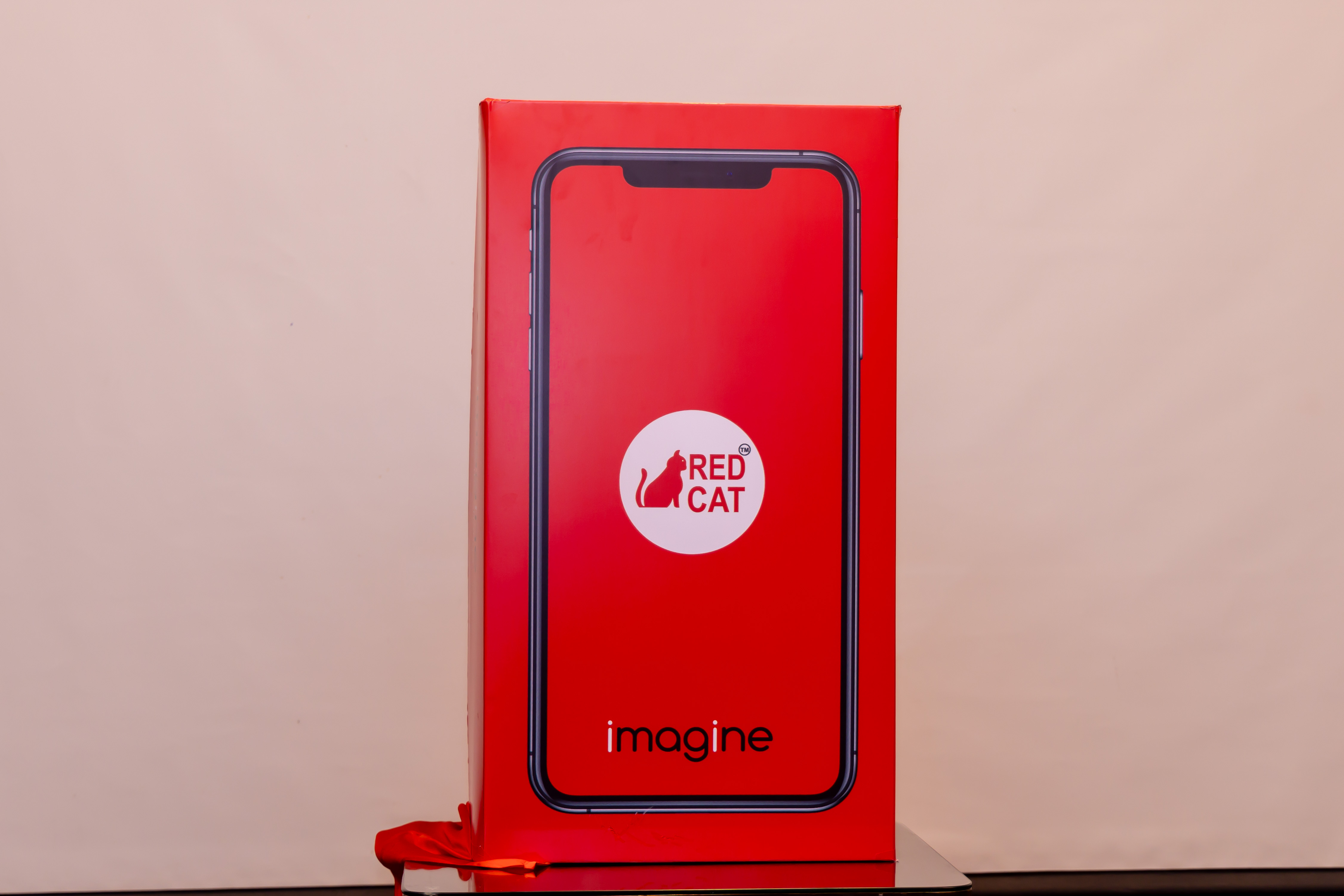So I was thinking about staking on Solana the other day, and man, the whole validator selection thing is more tangled than I initially expected. Seriously? You’d think it’s just about finding the biggest validator and tossing your SOL their way. Nope. There’s a lot more nuance, and honestly, it’s kinda exciting once you dig in. But here’s the thing: if you’re diving into staking and DeFi on Solana, you gotta get smart about how you manage your wallet, pick validators, and keep tabs on your transactions.
Okay, quick gut check—have you tried using a hardware wallet with Solana yet? I’ll admit, I was skeptical at first. My instinct said, “Eh, it’s probably a hassle.” But actually, wait—let me rephrase that. Setting up hardware wallet integration with Solana isn’t rocket science if you lean on tools like the solflare wallet. It bridges that gap pretty nicely.
Here’s what bugs me about some staking guides: they gloss over transaction history. I mean, how do you really know what’s happening with your SOL if you can’t easily review past transactions? On one hand, block explorers help, though actually, they can get overwhelming for folks new to crypto. So having a wallet that keeps your staking and DeFi activity transparent is a huge plus.
Really, it’s those little details that trip people up. Validators, for example. You can’t just pick the one with the highest stake or the flashiest website. There’s reputation, uptime, commission rates, and whether they’re running hardware that inspires confidence. And some validators support hardware wallet staking better than others—big deal if you care about security (and you should).
Whoa! Did you know that some validators even publish their transaction history and performance stats in ways that make your life easier? That transparency is rare and valuable. It’s like choosing a financial advisor who actually shows you their track record. I’m biased, but if I’m staking hundreds or thousands of SOL, I want that level of clarity.
Validator Selection: More Than Just Numbers
Picking a validator feels like dating sometimes. You get a first impression based on their numbers—stake, commission, rewards—but then you have to dig deeper. Are they reliable? Do they have solid uptime? What about their community reputation? I’ve seen folks jump on validators that looked great on paper, then got slashed or went offline unexpectedly. Not fun.
My experience tells me that you want validators who run professional-grade hardware and have a transparent performance history. The tricky part is some of that info isn’t always easy to find or compare. This is where wallets with integrated validator info come in handy. Take the solflare wallet extension, for example—it surfaces some of these nuances right where you stake.
Oh, and by the way, validator commission rates aren’t everything. Sometimes a slightly higher commission is worth it if the validator is rock solid and trustworthy. Choosing purely on commission can backfire, especially if the validator cuts corners on infrastructure or customer support.
Something felt off about picking validators just by who’s got the biggest stake, too. It concentrates power and kinda defeats the decentralization ethos, right? So some folks prefer smaller validators with strong community ties, but that’s a double-edged sword—they might be less reliable or slower to update their nodes.
Hmm… balancing these factors is a bit like juggling flaming torches. It’s not perfect, and you gotta stay informed. That’s why I recommend wallets that not only let you stake easily but also help you evaluate your validators over time.
Hardware Wallets and Solana: A Match Made in Crypto Heaven?
Okay, check this out—hardware wallets bring a level of security that software-only wallets just can’t match. I’ve used Ledger and Trezor, and pairing them with Solana staking was smoother than I expected. But it’s not plug-and-play everywhere. This is where the solflare wallet extension shines because it supports seamless integration with popular hardware wallets.
Initially, I thought hardware wallets would slow down my DeFi interactions or complicate staking rewards. But nope, that’s mostly a myth. Sure, signing transactions takes an extra step, but the security trade-off is worth it, especially if you’re holding significant amounts.
Here’s a weird thing: some hardware wallets don’t yet support certain Solana features fully, or they require firmware updates that can trip you up. So it pays to stay on top of software releases and community feedback. Honestly, I’m not 100% sure every hardware wallet out there plays nicely with Solana yet, but the ecosystem is improving fast.
On one hand, using a hardware wallet feels like wearing a bulletproof vest everywhere. On the other hand, it takes a bit more patience and tech-savvy. Still, for anyone serious about staking or DeFi on Solana, I think hardware wallets paired with user-friendly extensions like the solflare wallet are a no-brainer.
And yeah, tracking your staking rewards and transaction history inside that setup is way easier than hopping between block explorers and CSV exports. I can’t tell you how many times I lost track of which validator I was staking with or missed rewards because I didn’t check carefully.

Why Transaction History Matters More Than You Think
People often overlook transaction history until it’s too late. You might spot weird staking failures, delayed rewards, or even unauthorized activity if you check regularly. The problem is most wallets don’t present this info clearly, or they dump you into browser-based block explorers that feel like reading hieroglyphics.
This is where the solflare wallet extension offers a bit of relief. It consolidates your staking, transfers, and DeFi interactions into a readable timeline. That way, you can spot patterns, check validator performance, and audit your own activity without scrambling.
Honestly, I wish more crypto wallets made transaction history this accessible. It’s like managing your bank statements on steroids. Plus, with staking, you want to know when rewards hit your account, how often your validator updates, and if any slashing events occur.
Something else—watch how often you’re moving SOL around. Constantly switching validators or frequently unstaking can eat into your rewards, especially with Solana’s epoch cycles. Having a clear transaction log helps you optimize these moves.
Really, keeping your transaction history front and center is a good habit. It’s not glamorous, but it’s the kind of detail that keeps your staking game tight and your SOL safe.
Final Thoughts: Staying Sharp in a Fast-Moving Space
Alright, so here’s where I’m at after wrestling with all this. Validator selection on Solana isn’t just a box to check. You want to blend data, reputation, and security in a way that fits your risk tolerance and goals. Hardware wallet integration is more doable than I gave it credit for, especially with wallets like the solflare wallet making it smoother.
Transaction history tracking might sound boring, but trust me—it’s your secret weapon. It’s what separates casual users from those who really master their Solana staking and DeFi ventures. If you’re serious, don’t skip it.
Wow, I didn’t expect to go down this rabbit hole today, but I’m glad I did. The ecosystem feels like it’s maturing, but there are still gaps that can trip people up. I’m keeping an eye on validator transparency and hardware wallet compatibility as things evolve—because these are the real game changers.
So, if you’re dipping your toes into Solana staking or DeFi, start with a wallet that respects your need for security and clarity. For me, that’s been the solflare wallet. Give it a whirl and see how it changes your experience.
Anyway, I’m still learning myself, but at least now I feel more equipped to make smart choices rather than just hoping for the best. How about you?





